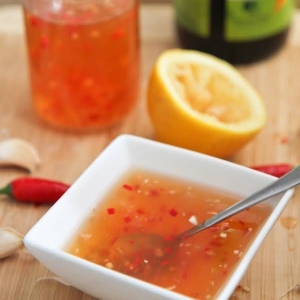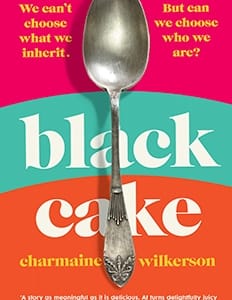Anh-Thu Stuart
 Characteristics of Vietnamese cuisine by Anh-Thu Stuart
Characteristics of Vietnamese cuisine by Anh-Thu Stuart
I was born in the Mekong Delta, the ‘rice bowl’ of Vietnam. I came to Australia in 1964 on a Colombo Plan Scholarship to study Economics at university. After graduating, I worked as a researcher and then public servant in Canberra. In 1986 I published a cookbook with my mother – Vietnamese Cooking: Recipes My Mother Taught Me. It was sold in Australia as well as the US, Canada and the UK.
We have been coming down to our house near Bermagui since 1997 and in 2008, after we both retired, we moved here permanently.
Vietnam is a long, thin country stretching between the 24th and 8th parallels. A diverse range of geographical and climatic conditions has produced a wide variety of local cuisines. The variations are due largely to the types of food available: seafood and fish on the coast, freshwater fish in areas served by a generous system of rivers, meat in the inland areas etc.
The distinctive qualities of Vietnamese cuisine include:
- the extensive use of fresh vegetables and herbs such as coriander and mint;
- the restrained use of frying and thickening;
- the use of a variety of sauces based on fish extract and soya beans;
- the use of a variety of rice flour noodles and a wafer (banh trang); and
- soup as a regular feature of every meal or as a meal on its own such as the well-known Pho (Phở).
The most distinctive characteristic of Vietnamese cooking is the extensive use of fish sauce, nuoc mam, used for seasoning much as the Japanese and Chinese use soya sauce. Being lighter than soya sauce, nuoc mam allows food to retain a fresher colour.
Another distinguishing feature of Vietnamese cuisine is the way it has absorbed certain features of other cooking traditions. Vietnamese cuisine has been influenced in particular by Chinese, Indian, Malay and French cooking.
Vietnam was ruled by China for hundreds of years and many Chinese dishes were introduced to Vietnam. Over the centuries, however, they have acquired a distinctively Vietnamese flavour.
France colonised Vietnam in the late eighteenth century and this has had an enduring influence on Vietnamese food. The French introduced the use of butter, bread and many temperate climate vegetables such as cauliflower, carrots, peas and potatoes. To this day, Vietnamese still uses names that are transcribed from French to these vegetables – ca rot for carrot, cai su flo, (chouffleur) for cauliflower, ca to mat for tomatoes.
The Banh mi has become a delicious world-wide fast-food phenomenon. In Vietnamese the name bánh mì is derived from bánh (referring to baked food such as cakes) and mì (wheat). In Vietnam the Banh mi is a short baguette with a thin, crisp crust and soft, airy texture. It can be made into a sandwich or eaten with meat dishes, such as bò kho (a beef stew).
The filling for the Bánh mì can consists of meats, accompanied by vegetables and condiments. In Vietnam the Bánh mì sandwich is defined by its main ingredients that may be pork, sausage, chicken, pâté etc.
Enjoy your next Banh mi!


